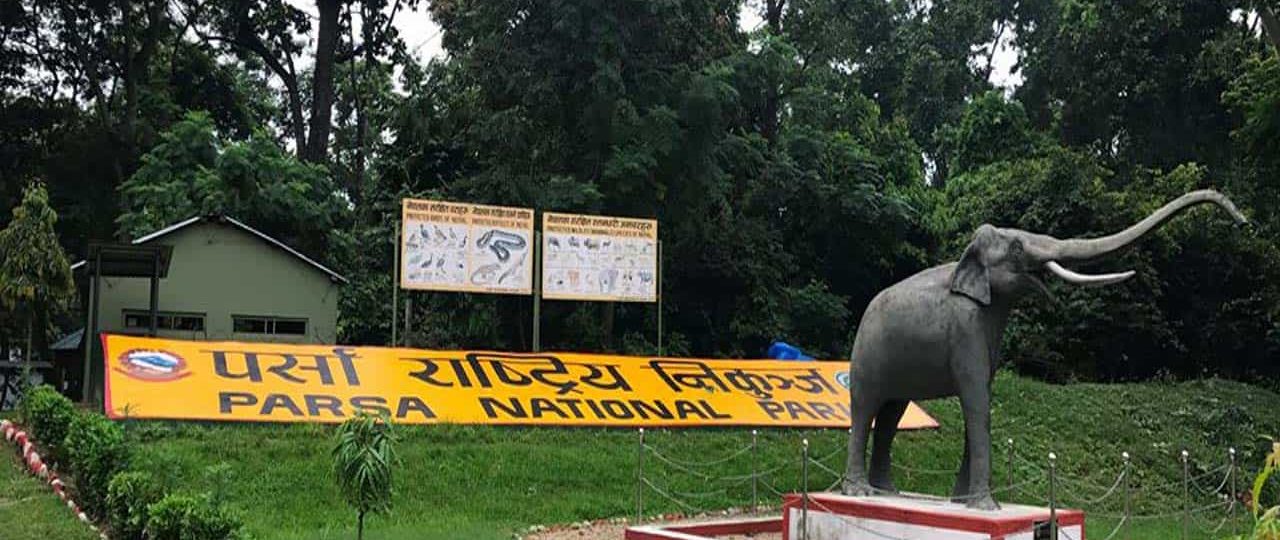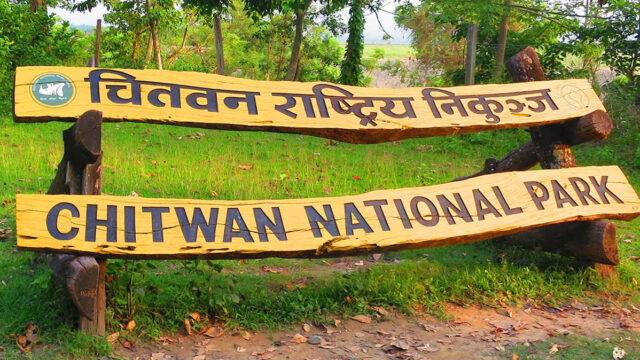Parsa Wildlife Reserve, a lesser-known yet captivating destination in Nepal, is gaining traction among ecotourism enthusiasts. Nestled in the south-central region of Nepal, Parsa Wildlife Reserve spans an impressive 637.37 square kilometers. Established in 1984, this reserve offers a unique blend of rich biodiversity and stunning landscapes, making it an ideal spot for nature lovers and adventure seekers.
Parsa Wildlife Reserve is home to an array of wildlife, including endangered species such as the Bengal tiger, one-horned rhinoceros, and Asian elephant. The reserve’s dense forests and grasslands provide a sanctuary for over 300 species of birds, making it a paradise for bird watchers. Additionally, visitors can spot various mammals like leopards, sloth bears, and wild dogs.
The reserve is also renowned for its rich flora. The Sal forest, a dominant feature of the reserve, is interspersed with a variety of tree species such as Sissoo, Khair, and Silk Cotton. The lush greenery offers a serene environment, perfect for those looking to escape the hustle and bustle of city life.
Parsa Wildlife Reserve presents a myriad of opportunities for ecotourism. Guided jungle safaris allow visitors to explore the reserve’s diverse habitats and witness wildlife in their natural surroundings. These safaris, conducted by experienced guides, enhance the chances of spotting elusive animals and provide insights into the region’s ecology.
For trekking enthusiasts, the reserve offers several trails that wind through its dense forests and rolling hills. Trekking in Parsa is a unique experience, providing a close encounter with nature and a chance to explore untouched terrains.
Bird watching is another popular activity in Parsa Wildlife Reserve. With over 300 bird species, including the endangered Giant Hornbill, bird enthusiasts can spend hours observing and photographing these avian wonders.
The growing interest in Parsa Wildlife Reserve as a tourist destination highlights the importance of conservation and sustainable tourism practices. The reserve management, in collaboration with local communities and conservation organizations, is actively involved in preserving the natural habitat and ensuring the protection of wildlife.
Tourists are encouraged to adhere to eco-friendly practices, such as minimizing waste and respecting the natural environment. By promoting responsible tourism, Parsa Wildlife Reserve aims to maintain its ecological balance while providing a memorable experience for visitors.
Reaching Parsa Wildlife Reserve is relatively easy. The reserve is accessible via road from major cities like Kathmandu and Birgunj. The nearest airport is Simara Airport, which is about 8 kilometers from the reserve’s entrance.
Several accommodation options are available near the reserve, ranging from budget lodges to more comfortable resorts. These establishments often offer guided tours and safaris, providing a comprehensive experience for visitors.
Parsa Wildlife Reserve, with its rich biodiversity and serene landscapes, is an emerging gem in Nepal’s ecotourism landscape. As more tourists seek sustainable and nature-based experiences, Parsa is poised to become a favored destination. By promoting conservation and responsible tourism, this reserve not only protects its natural treasures but also offers an unforgettable adventure for those who venture into its wild heart.






